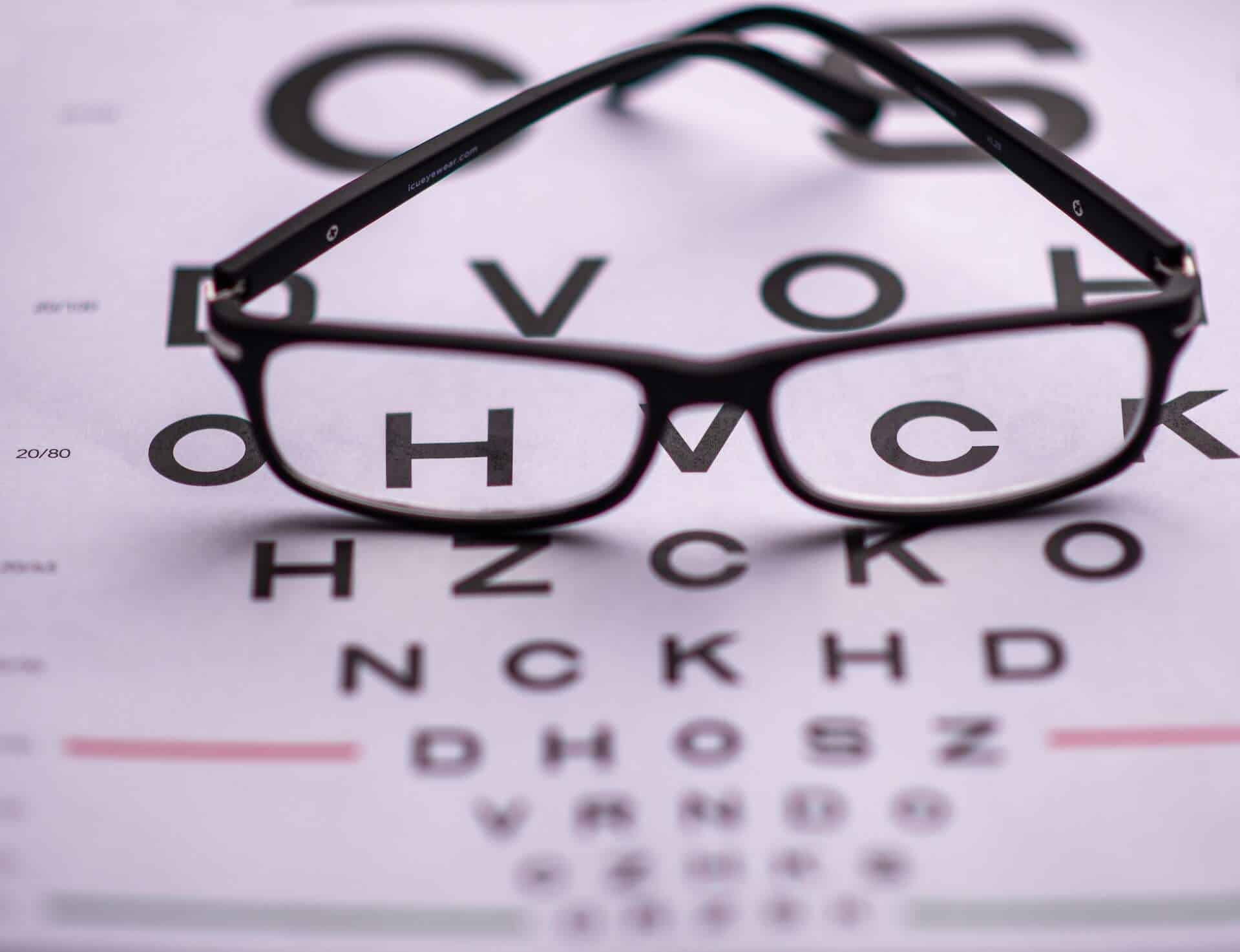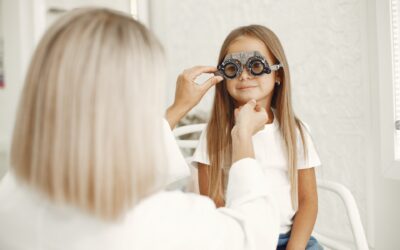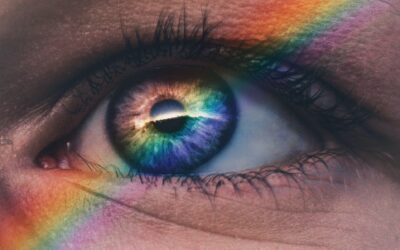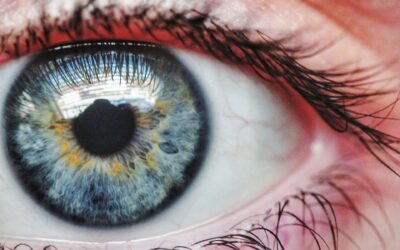The most common eye chart is the Snellen eye chart which uses different letters to determine the vision, however there are several types of eye charts that can be used in an eye exam. The type of eye chart used is determined by the needs of the patient and the type of eye exam.
Differences Between Eye Charts
All eye charts have the same purpose, to subjectively determine the best vision with or without glasses.
As such, nearly all eye charts are based on recognition of a letter, shape, picture, or number. There are, however, eye charts which do not require the patient to be able to communicate recognition of any object or allow for a simple communication of direction.
Snellen Letter Eye Chart
The gold standard and most commonly used eye chart is the Snellen letter eye chart.
This chart uses a series of standard letters which range from the largest E at the top of the chart to much smaller letters used to determine 20/20 or better vision.
This chart is often the most accurate and allows for the quickest exam to find the best prescription for glasses.
In many eye exams, the Snellen eye chart will be used on a computerized display instead the traditional wall hanging eye chart.
Allen Pictures Eye Chart
The Allen pictures eye chart is similar to the Snellen letter chart in that it has a series of objects to be recognized and called out by the patient.
However, the Allen pictures eye chart does not use letters and instead has familiar pictures such as a birthday cake, airplane, and bird.
An Allen pictures eye chart is often used for children who do not know or are not comfortable with their letters.
Lea Symbols Eye Chart
Another chart that uses object recognition, the Lea symbols eye chart is a simplified version of the concept that has only four options of shapes – a circle, square, house, and apple.
Since there are only four options, the Lea symbol chart can be used with a key to allow for matching of the four shapes.
The Lea symbols chart is an excellent option for children and adults alike who have trouble verbally communicating what they are able to see.
Feinbloom Number Eye Chart
The Feinbloom number eye chart is designed for patients with severely impaired vision who would typically struggle with even the largest letters on the Snellen letter eye chart.
The Feinbloom number eye chart is a large handheld flip book that has a numbers instead of letters or objects.
The book can be held at a closer distance to determine the vision of those with severe visual impairments.
A Feinbloom number eye chart may also be used in out of the office work such as a nursing home or in patient hospital setting since it is a portable eye chart.
Tumbling E Eye Chart
The tumbling E eye chart is a common eye chart that mimics the accuracy of the Snellen letter eye chart without the need for letter recognition or verbal communication.
In this chart, all the objects are the letter E turned a different direction.
It is possible to complete this chart without knowing any letters or verbalizing any answers by simply indicating the direction the legs of the E are pointing.





